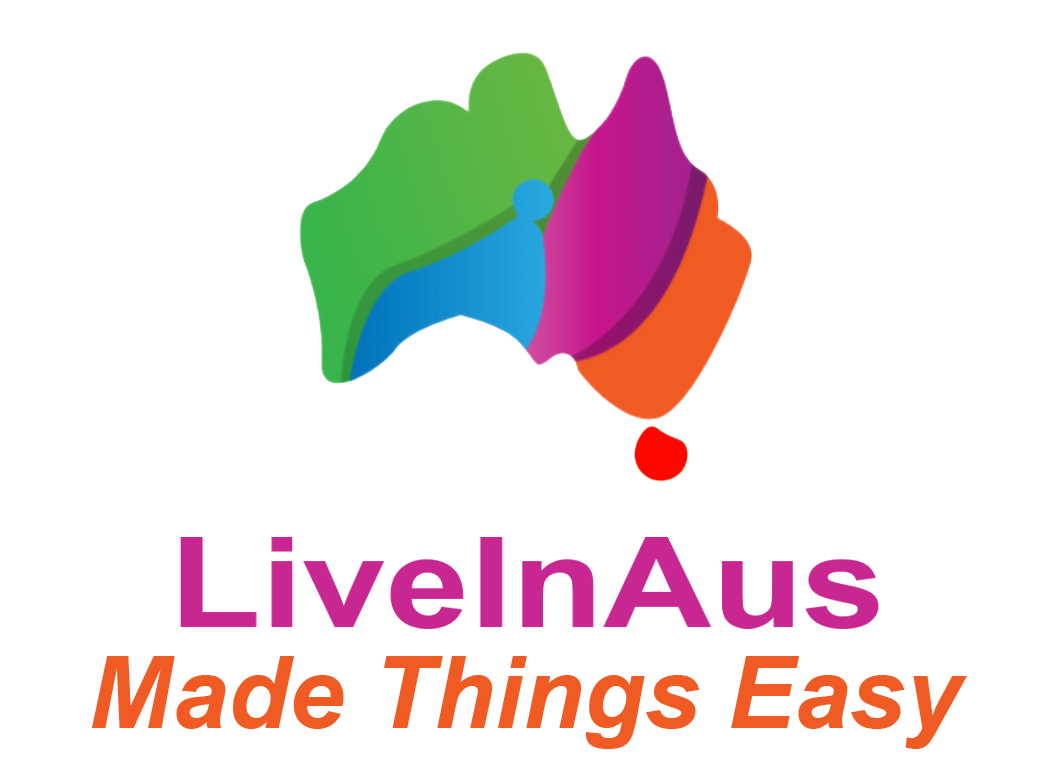Australia offers an extensive public transportation system that includes buses, trains, and ferries, making it easy to navigate within cities and travel between different regions. Here’s what you need to know:
- Bus Networks: Most cities and towns in Australia have well-developed bus networks that provide convenient transportation options. Bus services operate on designated routes, with timetables available online or at bus stops. You can typically pay for bus fares using cash or contactless payment methods like smartcards or mobile apps.
- Train Services: Major cities like Sydney, Melbourne, Brisbane, Perth, and Adelaide have comprehensive train networks. Trains are an efficient mode of transportation, especially for longer distances. Similar to buses, train schedules and fares can be found online or at train stations. Many cities also offer integrated ticketing systems that allow you to use the same ticket for multiple modes of transport.
- Ferry Services: If you’re living in coastal areas or near water bodies, ferry services can be an enjoyable and scenic way to travel. Cities like Sydney, Brisbane, and Perth have ferry networks that connect various waterfront locations. Ferry schedules, routes, and fares are typically available online or at ferry terminals.
- Ticketing and Payment: Public transportation systems in Australia generally use electronic ticketing systems. These include smartcards like Opal (Sydney), myki (Melbourne), go card (Brisbane), SmartRider (Perth), and Metrocard (Adelaide). These cards can be topped up with credit and tapped on card readers when boarding buses, trains, or ferries. Some cities also accept contactless payment methods like credit or debit cards and mobile payment apps.
- Concession Fares: Students, seniors, and other eligible individuals may be entitled to concession fares, providing discounted rates for public transportation. Check with the local transport authority or visit their website to determine if you qualify and how to apply for concession cards.
- Timetables and Journey Planning: To make your travel planning easier, various transport apps and websites provide real-time information on schedules, routes, and journey planning. Popular apps like Google Maps and local transport authority apps offer accurate and up-to-date information for bus, train, and ferry services.
- Accessibility: Australian public transportation systems strive to be accessible to people with disabilities. Many buses and trains have designated spaces for wheelchair users, and stations are equipped with ramps and elevators. Additionally, some transport apps indicate accessibility features, such as step-free access and audio announcements, to assist passengers with special needs.
Understanding the public transportation options in your city or region will help you navigate Australia’s cities efficiently, reduce traffic congestion, and minimize your carbon footprint. Enjoy the convenience and accessibility of Australia’s public transport network for your daily commute or exploring the country’s diverse destinations.
